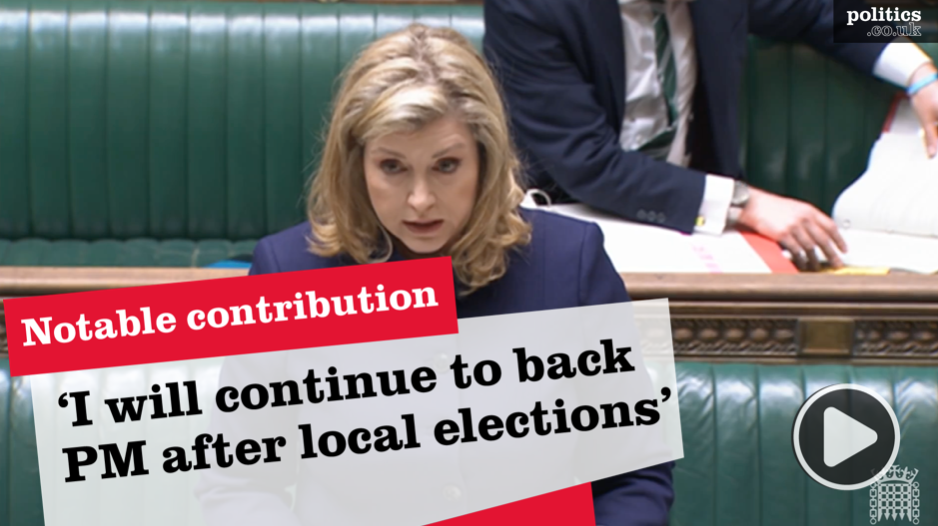Debt levels linked to homeowner numbers
The Bank of England has put the rising levels of consumer debt down to increasing levels of homeownership.
In its quarterly bulletin, the bank highlighted that the increasing trend in single adult households has also increased consumer debt levels – there are more people with debt rather than increasing levels of debt per person.
It said: ‘The rise in homeownership – mainly reflecting a trend to a lower number of adults per dwelling – suggests a significant part of the rise in the debt-to-income ratio is likely to reflect an increase in the number of households with debt rather than an increase in the amount of debt per household.’
Low inflation is also partly responsible for the rising levels of debt as higher levels of inflation erode debt levels at a faster rate.


However, the Bank issued a warning about the pace of house prices which have doubled over the last few years. It warned that as only a relatively small fraction of the housing stock changes hands each year, the aggregate level of debt per household responds relatively slowly to changes in house prices.
Therefore, the recent increases in house prices could lead to continuing increases in the debt-to-income ratio over the next five to ten years. This will put pressure on homeowners’ incomes if the interest rate increases over the coming months and years.
At present interest rates are at a 48-year low of 3.5%, which has led to more people borrowing increasing amounts of money.












